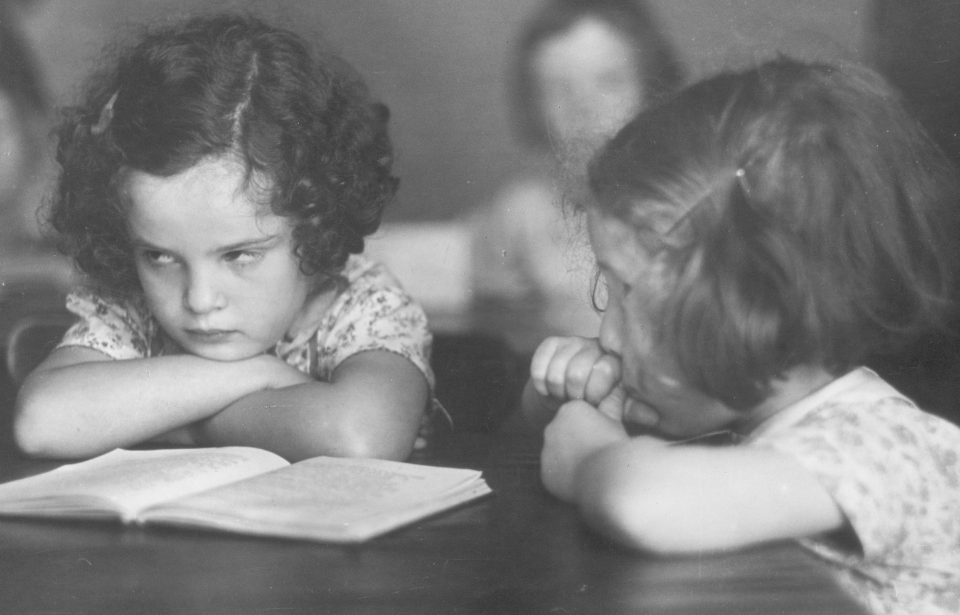“Back in the old days…” or “it wasn’t like this when I was a kid…” are phrases that older generations often say and younger generations often hear. But just what are the differences between childhood now and then?
School was the first parting of the ways
While a child today might be at nursery from a very young age, for children in the ’50s and ’60s, school was the first time they’d be away from their parents. The first day of school could be both exciting and frightening.
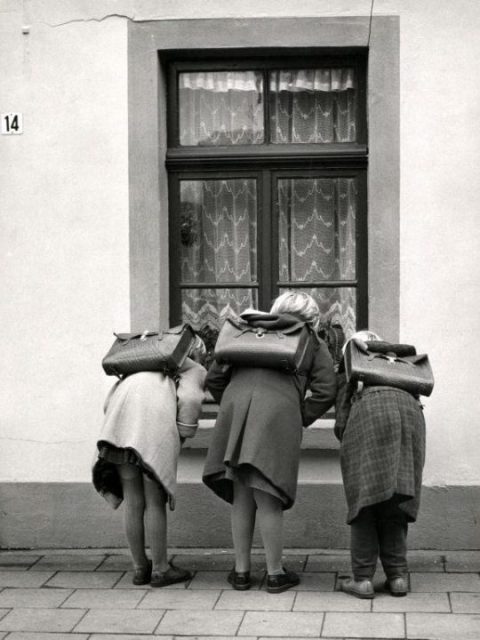
Unlike the multitude of multicolored backpacks kids have today, children from earlier decades would use satchels to carry their schoolbooks and pencils. Velcro had only just been invented and wasn’t commercially available until the late 1950s, so shoes were done up with laces and satchels fastened with buckles.
Morning prayer or the Pledge of Allegiance
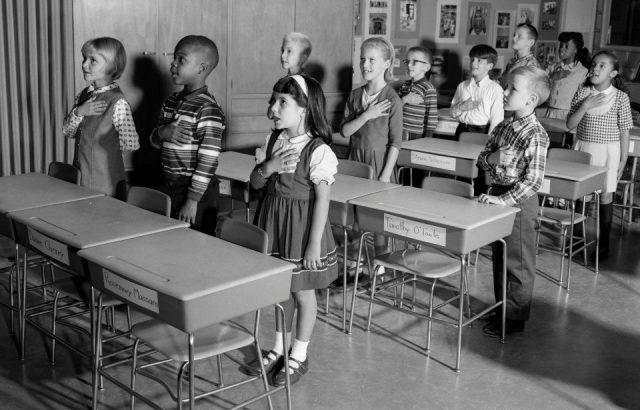
Some faith schools still start with a morning prayer today, but in the ’50s and ’60s, virtually all schools would begin with an assembly and worship. In the case of some American schools, children would recite the Pledge of Allegiance.
In 1962, the Supreme Court banned prayer in public schools if it was led by the school, putting an end to morning prayers led by a teacher, but students are still free to pray of their own accord. In 1954, President Eisenhower added “under God” to the Pledge of Allegiance, with the approval of Congress. The Pledge of Allegiance, of course, remains a staple of morning life to this day.
Milk
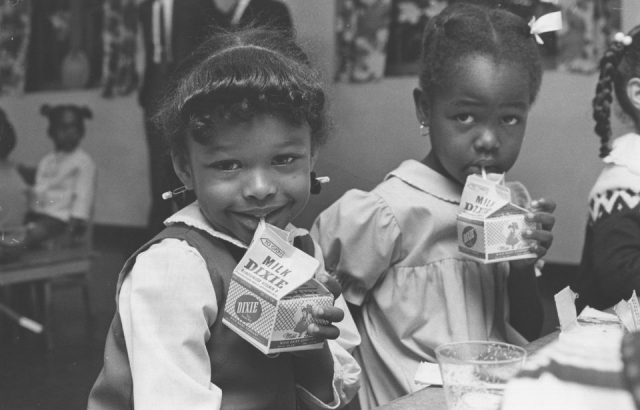
While modern children still enjoy (or, in some cases, loathe) milk every day, drinking school milk in the ’50s and ’60s was a very different experience.
The milk was left in either bottles or cartons in a crate outside the school by the milkman. Some ex-pupils remember how it would start to go off during the summer, making it unpleasant to drink; others remember how the milk would freeze in the winter then be put on the radiator to thaw out, resulting in a very cold drink that was part water, part ice.
Ha’penny charity drives instead of fun runs
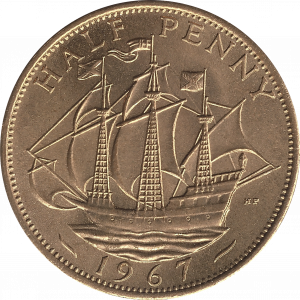
Today’s children might enjoy taking part in sponsored runs or bake sales or even dress-down days for charity. But fundraising in schools of the past looked very different. At a time when people didn’t have much to spare, British children would be asked to collect halfpennies from friends and family.
A “ha’penny” was a small enough amount that many people could spare it. When all the children brought the money into school, each class would arrange their halfpennies in a line. Whichever class had the longest line was praised as having raised the most money.
Maypoles and Music and Movement
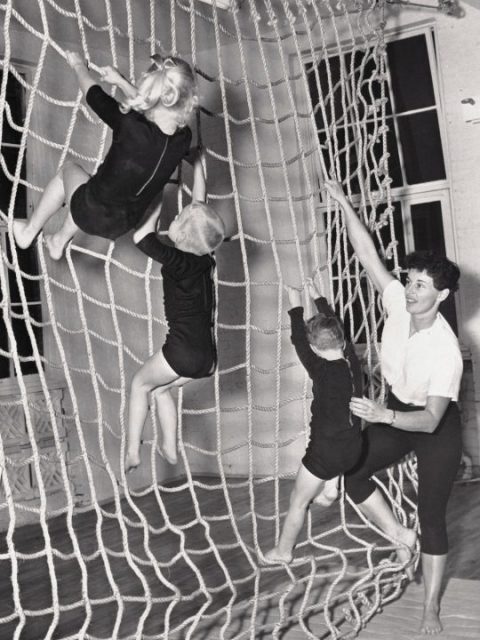
For physical education lessons in the ’50s and ’60s, the teachers would put on the radio and listen to a radio show like Music and Movement. The children would follow the instructions given over the radio and leap around to music.
Maypole dancing was also taught to children, and they would perform their dances around the school maypole or one in the village or town where they lived.
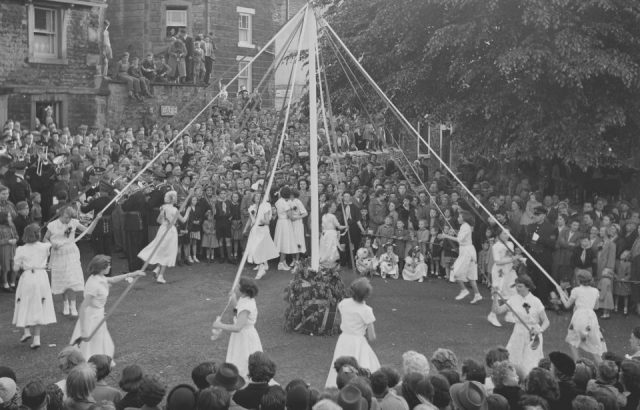
When it came to recess, children were ordered out in all kinds of weather. Many children would try hiding in the cloakroom to avoid the rain, but it was detention if they got caught. If the weather was truly foul, then the children would be allowed to stay inside, but they’d be obliged to do something useful with their time; some people recall being taught ballroom dancing when the weather was bad.
School dinners
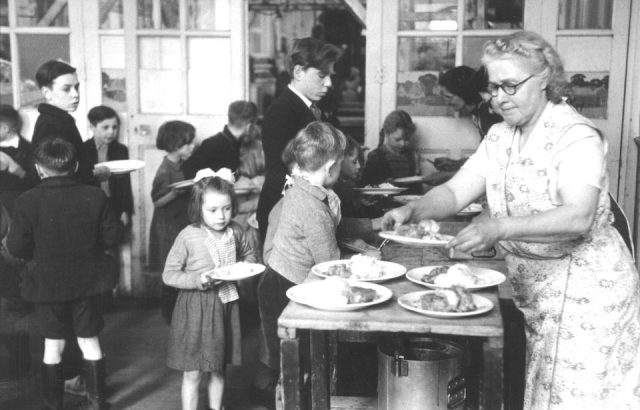
Packed lunches developed later in the decades. Early on, the choices were either to go home for lunch (if you lived close enough) or to have school dinners.
School dinners weren’t the varied and nutritional meals they are today. Children were given one entree and one desert, with no choice or alternatives. Furthermore, thanks to the rationing mentality of the 1940s, they had to eat everything on their plate, being kept there until their plate was clean. One ex-pupil recounts needing mouthfuls of water to wash down lumps of gristle in an effort to clear their plate.
Main courses could include minced beef in gravy, stews with turnip, and mashed potatoes with lumps. The dessert served up, such as baked sponge cake with lumpy custard, are more fondly remembered. Milk puddings such as semolina, tapioca, rice pudding, and sago were a particularly popular option, although opinion remains split on how nice these were.
No internet
With the internet still years away, all research was done using books and lectures from the teacher. Sometimes, a projector would be used to present the same information to the whole class in one go, or the information would be written up on a blackboard.
Fear of the ruler and cleaning the blackboard
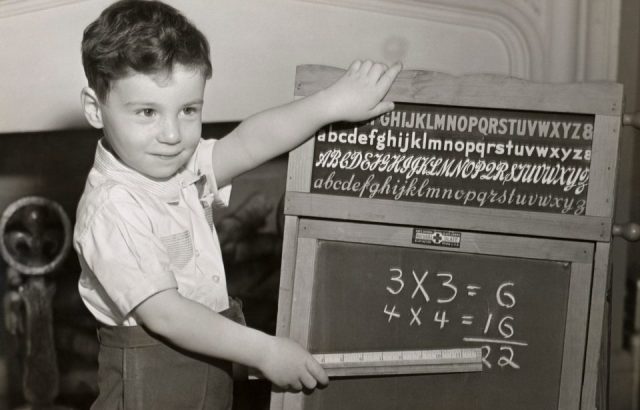
Corporal punishment was common in the ’50s and ’60s. Misbehavior in the classroom could be dealt with by being whacked on the knuckles with a ruler. One person recounted how a friend was hauled to the front by his ear to receive his punishment, leaving both ear and knuckles red and puffy.
More from us: American Takeout: Classic Fast Food Chains That Bit The Dust
Whiteboards were a long way off, so all lessons were written on a chalkboard. The hefty erasers used to wipe the chalkboard clean represented a double-edged sword. While they could be hurled across the classroom to strike naughty children, it was also a treat for any pupil to clean them. Two erasers would be taken outside and banged together, sending up a cloud of chalk dust.
